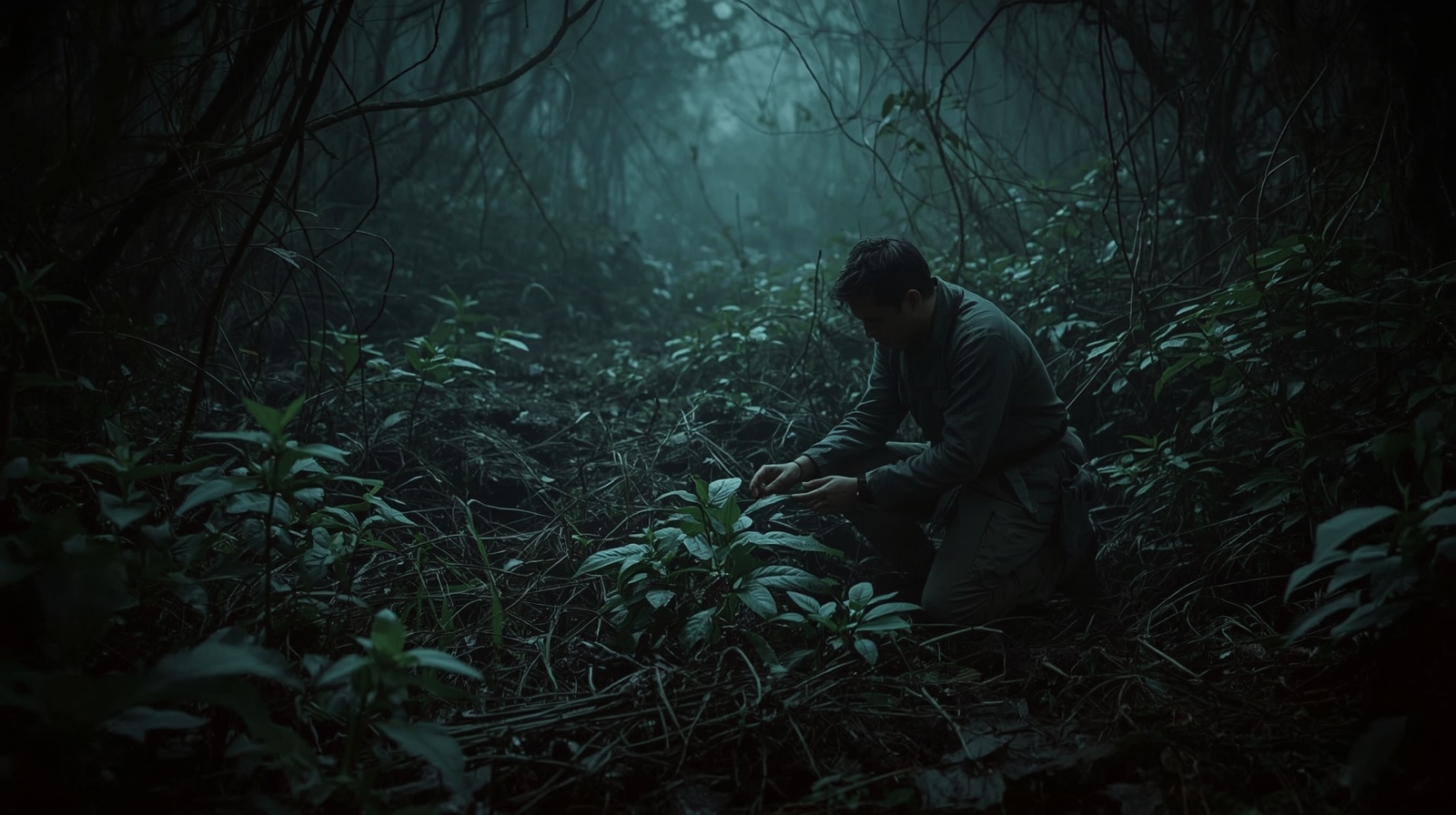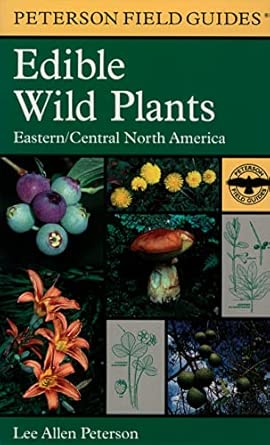Survivalist’s Guide to Foraging: Identifying and Harvesting Edible and Medicinal Plants

Survivalist’s Guide to Foraging: Identifying and Harvesting Edible and Medicinal Plants
The Essentials of Safe Foraging
Understanding Basic Plant Identification
Before venturing into the wild to forage, it’s crucial to grasp the basics of plant identification. Knowing how to distinguish between edible, medicinal, and potentially toxic plants can be a matter of survival. Start with learning the parts of a plant-roots, stems, leaves, flowers, and fruits-as many edible and medicinal plants have specific identifying features in these parts. Familiarize yourself with field guides and consider taking a local foraging course to enhance your recognition skills.
Recognizing Common Edible Plants
There’s a good chance the area around you, whether it’s a bustling city or a dense forest, is teeming with edible plants. Examples include:
- Dandelions
- Wild onions
- Clovers
Each of these plants offers nutritional benefits, such as vitamins and minerals, making them not only a survival food but also a healthy addition to everyday meals.
Avoiding Toxic and Poisonous Plants
One of the first rules of foraging is the adage, “When in doubt, leave it out.” The wilderness is home to numerous toxic plants that can look deceptively similar to edible varieties. Learning to identify and avoid these dangers is as important as recognizing what you can eat. Familiarize yourself with local toxic plants, and remember that some plants can have both edible and poisonous parts.
Health Benefits of Wild Edibles
Nutritional Value of Foraged Foods
Wild edibles often contain higher levels of vitamins and minerals than their cultivated counterparts. Foraging not only connects you with nature but also provides access to a variety of nutrients. Examples include:
- Vitamin C in rose hips
- Potassium in dandelion greens
Wild plants can offer a significant health boost.
Medicinal Properties of Wild Plants
Many plants we consider weeds are actually powerful medicines. For example:
- Plantain leaves can be used for their antibacterial properties
- Yarrow has been used for centuries to treat wounds
Understanding the medicinal uses of these plants can empower you to take your health into your own hands, naturally.
Sustainability and Ethical Consideration
Foraging with sustainability in mind ensures that you leave the ecosystem as undisturbed as possible. This includes:
- Taking only what you need
- Never overharvesting
- Being mindful of the plant’s life cycle to allow it to continue to grow and propagate
Ethical foraging respects the land and its inhabitants, ensuring that there will be plenty for future generations.
Foraging Techniques and Tools
Basic Foraging Equipment
While foraging doesn’t require much equipment, a few basic tools can make the experience more efficient and enjoyable. Essentials include:
- A good foraging guidebook specific to your region
- A sturdy knife
- A basket or bag for collecting your finds
Optional items might include gloves and a small digging tool for harvesting roots.
Harvesting Techniques
Understanding how to properly harvest plants is crucial to both your safety and preserving the plant species. Some plants require specific techniques or tools for harvesting, such as a sharp knife or scissors to cut leaves and stems cleanly. Knowing the right time of day and season for harvesting can also affect the quality and potency of the plants you collect.
Timing and Seasonality in Foraging
Understanding Seasonal Availability
Timing is everything when it comes to foraging. Each season brings its own bounty, and knowing what to expect can significantly enhance your foraging success. Examples include:
- Spring: Wild garlic and nettles
- Summer: Berries and flowers
- Autumn: Nuts and fungi
- Winter: Root vegetables and hearty greens
Familiarizing yourself with the seasonal cycles in your region can lead to a more fruitful harvest.
The Impact of Weather Conditions
Weather plays a crucial role in the growth and availability of wild edibles. A wet spring might lead to an abundance of mushrooms in the fall, whereas a drought could limit the availability of certain plants. Paying attention to the current weather patterns and understanding their impact on plant life can guide you to the best foraging spots and times. Adjust your expectations based on these conditions, as nature’s offerings can be unpredictable.
Ethical Foraging Practices
Leave No Trace
Foraging with respect for nature means adhering to the principle of leaving no trace. This involves harvesting in a way that allows plants to regenerate. For example, when harvesting wild garlic, take only a few leaves from each plant instead of uprooting it entirely. This practice ensures that the plant can continue to grow and that the ecosystem remains balanced. Always avoid overharvesting and be mindful of the habitats you’re exploring.
Promoting Biodiversity
By choosing a diverse range of plants to forage, you contribute to the biodiversity of the area. This not only supports the health of the ecosystem but also provides you with a more varied and nutritionally rich diet. Consider foraging for less popular plants that are often overlooked. This can reduce pressure on more commonly foraged species and help maintain ecological balance. Moreover, introducing a variety of wild foods into your diet can broaden your culinary horizons and inspire new, creative meals.
Advanced Identification Techniques
Using Technology to Aid Identification
In today’s digital age, various apps and online resources can assist you in identifying plants. These tools often allow users to upload photos of plants and provide instant feedback on potential matches. While these technologies can be incredibly helpful, they should not replace traditional knowledge and field guides. Cross-referencing information from multiple sources is key to ensuring accurate identification. Remember, technology is a tool to complement your skills, not replace the need for thorough learning and caution.
Learning Through Experience
The most effective way to become proficient in plant identification is through hands-on experience. Spending time in nature, observing plants in different stages of growth, and noting their characteristics can deepen your understanding and recognition abilities. Consider keeping a foraging journal where you document your findings, including details such as location, time of year, and distinguishing features. This personal reference can become an invaluable tool as you grow more familiar with your local flora.
As you continue to explore the world of foraging, remember that it’s a journey of learning and discovery. The more time you spend in nature, the more attuned you’ll become to its rhythms and offerings. Stay curious, respectful, and cautious, and you’ll find that foraging can enrich your life in countless ways, offering not only sustenance but a deeper connection to the natural world around you.
Advanced Foraging Strategies
Timing Your Harvest for Optimal Potency
Harvesting plants at the right moment is crucial for maximizing their nutritional and medicinal benefits. For instance, many herbs are most potent when collected just before they flower, as this is when their energy is concentrated in the leaves. Similarly, roots should ideally be harvested in the fall or early spring when the plant’s energy is stored underground. By understanding the life cycle of each plant species, you can optimize the timing of your harvest to ensure you’re getting the most out of your foraged goods.
Recognizing Micro-Habitats for Rare Finds
Different plants thrive in very specific conditions, and being able to recognize these micro-habitats can dramatically improve your foraging success. Moist, shaded areas might harbor wild mushrooms and ferns, while sunny, dry spots could be ideal for finding sage and thyme. Pay attention to the terrain, soil type, and surrounding vegetation to identify potential hotspots for specific plants. This keen observation can lead to discovering a wider variety of edibles and medicinals that you might otherwise overlook.
Sustainable Harvesting Techniques
Sustainability in foraging extends beyond simply not overharvesting. It involves understanding the role of each plant within its ecosystem and using techniques that encourage growth. For example, when harvesting bulbs or roots, consider splitting and replanting a portion to ensure the plant continues to thrive. Similarly, when picking berries or leaves, select from different areas rather than stripping a single plant bare. These practices help maintain the health and abundance of wild plant populations for future foragers.
Expert Tips and Tricks
Utilizing All Senses for Identification
While visual identification is paramount, engaging your other senses can provide additional clues about a plant’s identity and edibility. The scent of a plant, the texture of its leaves, and even the sound of breaking a stem can all offer valuable information. Some foragers develop the skill to identify plants by their subtle aromas or by the way their leaves feel. However, always exercise caution and cross-reference with reliable sources before consuming any foraged item based on these methods.
Creating a Forager’s Toolkit
Beyond the basic equipment mentioned earlier, consider assembling a more comprehensive forager’s toolkit. This might include a magnifying glass for examining small plant features, a field notebook for jotting down observations, and a GPS device or smartphone app for mapping your foraging spots. Having a small soil testing kit can also be invaluable for understanding the types of plants that might thrive in a particular area based on soil pH and composition.
Learning from Failed Identifications
Mistakes are inevitable in the journey of a forager, but they are also invaluable learning opportunities. If you misidentify a plant, take the time to understand where the error occurred. Was it a misinterpretation of the leaf shape? A confusion between similar species? Reflecting on these errors and revisiting the plants in question can solidify your identification skills and prevent future mistakes.
Putting It All Together
Embracing the Forager’s Mindset
Adopting a mindset of curiosity, respect, and responsibility toward nature is the essence of successful foraging. It’s about more than just finding free food; it’s a way to connect deeply with the environment, understand the intricacies of ecosystems, and contribute to their preservation. Remember that foraging is a skill honed over time, through both successes and setbacks. Stay patient, keep learning, and enjoy the journey.
Next Steps on Your Foraging Path
As you advance in your foraging practice, consider joining local foraging groups or online communities to share experiences and learn from others. Participating in workshops or guided foraging walks can provide hands-on learning and deepen your understanding of local plant life. Finally, always continue to consult a variety of resources, from books to apps to experts, to expand your knowledge and stay updated on best practices.
Foraging is a rewarding practice that can enhance your appreciation of the natural world, improve your nutritional intake, and even provide potent natural remedies for common ailments. By applying advanced strategies, observing ethical guidelines, and embracing continuous learning, you’ll unlock the full potential of foraging. Happy foraging!
Now that you’ve dipped your toes into the essentials of safe foraging and the importance of plant identification, you’re probably eager to get your hands on resources that will guide you through the wilds. The “Peterson Field Guide To Medicinal Plants & Herbs Of Eastern: Third Edition” and the “Field Guide to Edible Wild Plants: Eastern and central North America” are two invaluable companions for your journey. Each offers a unique perspective on foraging, from medicinal uses to culinary delights.
Deciding between these guides could boil down to what you’re most keen on adding to your foraging basket – healing herbs or tasty, wild edibles. Do you envision yourself preparing wild herbal remedies or cooking up a storm with nature’s bounty? Compar
| Feature / Product | Peterson Field Guide To Medicinal Plants & Herbs Of Eastern: Third Edition | Field Guide to Edible Wild Plants: Eastern and central North America | Field Guide to Edible Wild Plants |
|---|---|---|---|
 |  |  | |
| $29.99 | $48.38 | $34.57 | |
| Shop now → | Shop now → | Shop now → |
